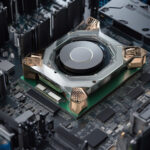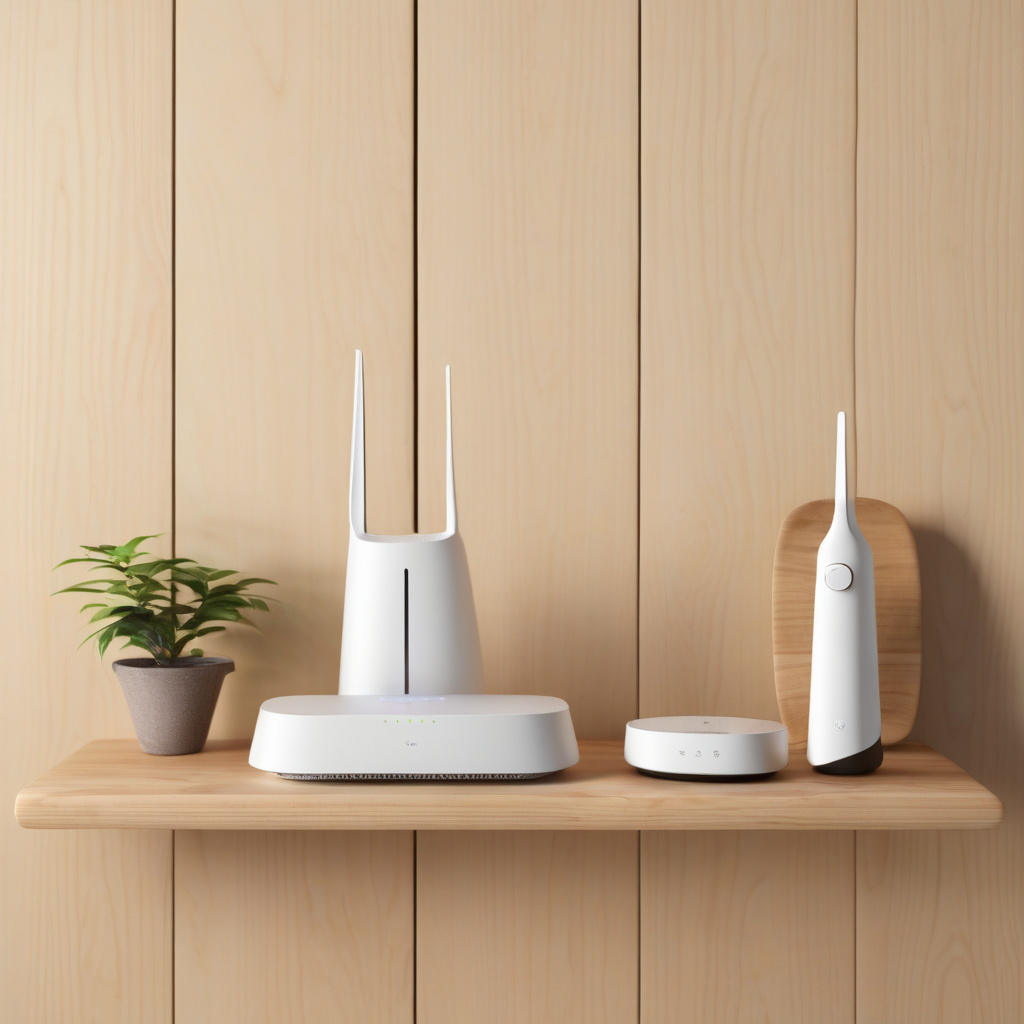Your WiFi can now do more than stream movies; it can sense the beat of your heart. US scientists have recently made a groundbreaking discovery by turning ordinary home WiFi routers into health monitors that can track your heartbeats. This innovative technology has the potential to revolutionize the way we monitor our health and well-being, offering a convenient and non-invasive solution that could save lives.
The concept behind this technology is truly fascinating. By utilizing the WiFi signals that are already present in our homes, researchers have found a way to detect subtle changes in the surrounding environment, including the tiny movements caused by the beating of our hearts. This means that simply by being in the same room as a WiFi router, it is now possible to monitor vital signs without any physical contact or wearable devices.
One of the key advantages of this technology is its ability to provide continuous monitoring without requiring any active participation from the user. Unlike traditional health monitors that need to be worn or used at specific times, WiFi-based monitoring is seamlessly integrated into our daily lives. This means that individuals can go about their day as usual while still benefiting from real-time health tracking.
In addition to its convenience, the use of WiFi routers as health monitors also has the potential to improve the early detection of heart-related issues. By analyzing the data collected from these routers, scientists can identify irregularities in heartbeats that may indicate underlying health problems. This early warning system could enable individuals to seek medical help sooner, potentially preventing serious complications.
Furthermore, the non-invasive nature of WiFi-based health monitoring makes it an ideal solution for vulnerable populations, such as the elderly or individuals with chronic conditions. By simply being in their homes, these individuals can have their vital signs monitored without any additional burden or discomfort. This could lead to improved health outcomes and a higher quality of life for those who need it most.
While the idea of using WiFi routers as health monitors is still in the early stages of development, the potential applications are vast. In the future, we could see this technology being used not only for heart rate monitoring but also for tracking other vital signs, such as respiration rate and sleep patterns. With further research and refinement, WiFi-based health monitoring could become a standard feature in every home, providing valuable insights into our well-being.
As we look towards a future where technology plays an increasingly important role in healthcare, innovations like turning WiFi routers into health monitors represent a significant step forward. By harnessing the power of existing infrastructure in new and unexpected ways, scientists are opening up possibilities that were previously unimaginable. With this groundbreaking technology, the future of health monitoring looks brighter than ever.
In conclusion, the transformation of home WiFi routers into health monitors marks a major advancement in the field of healthcare technology. By leveraging the signals that surround us every day, researchers have unlocked a new way to monitor vital signs conveniently and non-invasively. With the potential to improve early detection and provide continuous monitoring, WiFi-based health monitoring offers a glimpse into a future where our homes are not just connected, but actively looking out for our well-being.
WiFi, HealthTech, Innovation, HeartMonitoring, FutureHealthcare












